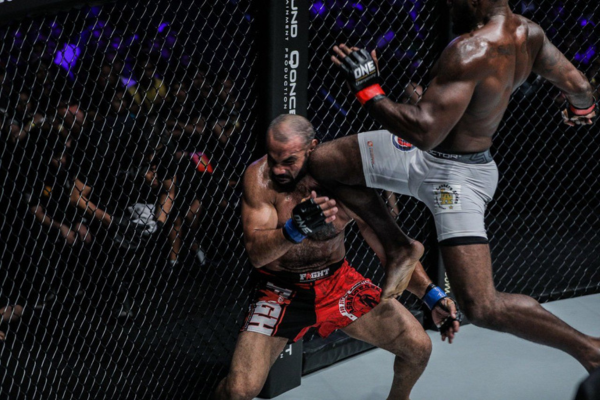The Science Behind a Knockout

In the world of combat sports, the term “knockout” (KO) is well known. A knockout can happen in the blink of an eye, but what happens in that moment is a combination of forces and body reactions. It’s almost like experiencing a sudden power outage in the body, and we’re going to figure out exactly what pulls the plug.
What is a knockout?
A knockout, often abbreviated as KO, is the ultimate highlight of any combat sports match. The moment a fighter goes down on the canvas after a hard blow is not only spectacular, but also fascinating from a scientific perspective. But what actually happens? When a fighter is hit hard, especially to the jaw or head, a chain reaction is set in motion. Imagine your brain as a bowling ball bouncing around in a bowl of water – not exactly something your brain likes! This violence can literally make the lights go out. If you’re curious about what a knockout looks like, click here .
Physical effects of a knockout
The physical mechanics of a knockout revolve around the forces exerted on the head and brain. When a fighter is hit, especially to the jaw, the force is transmitted to the skull and brain. The brain, which is floating in cerebrospinal fluid, is jolted back and forth against the skull by the impact. This shaking can lead to brain cell damage, disruption of electrical signals, and loss of consciousness.
The force and speed of the blow, as well as the angle at which it is delivered, are important factors in causing a knockout. A perfect knockout blow often comes at an unexpected angle and at a speed that the nervous system cannot handle. This causes the victim to lose consciousness.
Brain response to a knockout
When the brain is suddenly shaken, such as with a heavy blow to the jaw, several reactions occur in the brain. The brain stem, responsible for basic functions such as breathing and heartbeat, can temporarily shut down. This is often the cause of the immediate loss of consciousness in a knockout.
In addition to the brainstem, other parts of the brain, such as the thalamus and cortex, can also be affected. These areas are important for consciousness and perception. A disruption in these areas can cause a fighter to take a nap for a few seconds to minutes.
What happens after the knockout? Time to reboot!
After a knockout, it’s like being slowly pulled out of a deep sleep. You may feel confused, as if you’ve just come out of a strange dream. Often, you don’t even remember what happened, and that’s because your brain is trying its best to function normally again. But just like your phone takes a while to restart after a crash, your brain also needs some time to get back to full speed. And that can be a pretty scary experience.
The role of the referee: The protector in the ring
The referee is not only the person who enforces the rules, but also the one who plays a major role in protecting the fighter. Once a fighter goes down, it is the referee's responsibility to end the fight and prevent further damage.
Preventing knockouts in combat sports: Safety first!
While we can’t always prevent knockouts, we can certainly take steps to reduce the risk. Proper technique and training are key, but don’t underestimate the importance of proper protective gear. Think of your head guard as a fighter’s helmet – without it, you’re putting yourself at unnecessary risk. And coaches, pay attention to your fighters: fatigue makes a fighter more susceptible to a knockout. Make sure you get enough rest and recovery to stay fresh and alert.
Protect yourself from dangers:
A knockout is without a doubt one of the most impressive and dramatic moments in a match, but it also comes with risks. Understanding the science behind a knockout can not only increase interest in the sport, but is also essential for improving safety within combat sports. At Fightstyle, we believe in the power of prevention and protection within combat sports. To protect yourself from the risks of a knockout, we recommend wearing quality head protection. Our collection of helmets is specifically designed to reduce the impact of blows and help you train safely. Protect yourself and prevent a knockout – Click here to view our head protection!